The vast silence of space has never stopped humanity from sending messages across the void. "Moon Love Letter: A 380,000-Kilometer-Delayed Confession" captures one of the most poetic intersections of science and romance—a love letter traveling at the speed of light, delayed by the unforgiving distance between Earth and the Moon. It’s a story that transcends engineering marvels and taps into the universal longing for connection, even when separated by celestial scales.
In an era where instant communication is taken for granted, the idea of a delayed message feels almost archaic. Yet, the Moon’s average distance of 380,000 kilometers from Earth introduces a tangible lag—a 1.28-second delay for radio waves to make the round trip. For astronauts, this is a minor inconvenience. For lovers, it becomes a metaphor. The letter in question, transmitted via lunar orbiter or etched onto a future lunar colony’s time capsule, isn’t just data; it’s a heartbeat suspended in the cosmos, waiting to be heard.
The concept isn’t entirely fictional. NASA’s Lunar Reconnaissance Orbiter, for instance, has relayed countless data packets back to Earth, each one a testament to human curiosity. But what if one of those packets contained not just telemetry, but a confession? A whispered "I miss you" or a hesitant "I love you" would take the same journey as any other signal—bouncing between antennas, vulnerable to solar flares and cosmic noise. The fragility of the message mirrors the fragility of the emotion itself.
This narrative gains weight when considering the psychological toll of space travel. Astronauts on extended missions, whether to the Moon or beyond, face isolation that strains even the strongest relationships. A love letter delayed by distance becomes a symbol of patience, of trust that the sentiment will arrive intact despite the void. It’s no coincidence that space agencies study marital stability as part of crew selection; the emotional challenges of space are as real as the technical ones.
Beyond the personal, the Moon has always been a cultural canvas for human emotion. From ancient myths of lunar deities to Apollo-era songs like "Fly Me to the Moon," Earth’s satellite reflects our collective yearning. A love letter sent there—whether real or hypothetical—joins this tradition. It’s a gesture that acknowledges the cold reality of space while defiantly asserting warmth. The delay isn’t a flaw; it’s part of the story, a reminder that some things are worth waiting for.
Technologically, transmitting such a message is trivial. Emotionally, it’s anything but. The act of writing a letter meant to traverse 380,000 kilometers requires confronting the enormity of that distance. Every word must carry its weight across the silence. Unlike an email or a text, this message can’t be unsent or edited once launched. It’s a commitment etched into the cosmos, a tiny but defiant act of intimacy against the indifference of space.
Perhaps the most poignant aspect is the inevitability of the delay. On Earth, a delayed response might signal hesitation or disinterest. But between Earth and the Moon, the delay is physics itself. The recipient knows the sender has already spoken; they’re simply waiting for the universe to deliver the words. In that gap, anticipation thrives. The letter becomes not just a message, but a shared experience of time and space.
As humanity stands on the brink of returning to the Moon—this time to stay—such gestures may become commonplace. Lunar colonists, separated from loved ones by days or years, will need new ways to bridge the gap. Digital love letters with built-in delays might evolve into rituals, their timing calculated as carefully as their wording. The 1.28-second lag could become a unit of emotional distance, a measure of how far apart two hearts truly are.
For now, "Moon Love Letter" remains a beautiful thought experiment. But it’s one that resonates because it strips away the noise of modern communication, reducing it to its essence: a voice calling across the dark, trusting that someone will hear. In that simplicity, it captures something timeless about love, distance, and the lengths we’ll go to connect.
The Moon has always been a mirror. It reflects sunlight to Earth, and it reflects human ambition back at us. Now, it may also reflect our hearts—not instantly, not effortlessly, but with a delay that makes the message mean more. After all, the longest part of any love letter isn’t the distance it travels, but the time it spends waiting to be read.

By /Aug 8, 2025

By /Aug 8, 2025

By /Aug 8, 2025

By /Aug 8, 2025

By /Aug 8, 2025
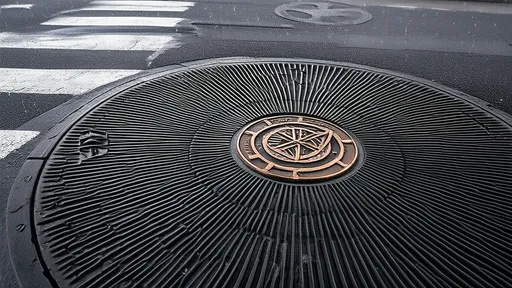
By /Aug 8, 2025

By /Aug 8, 2025

By /Aug 8, 2025

By /Aug 8, 2025

By /Aug 8, 2025
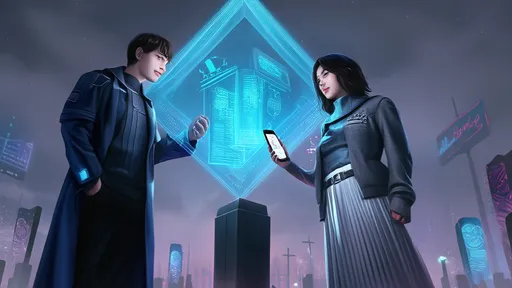
By /Aug 8, 2025
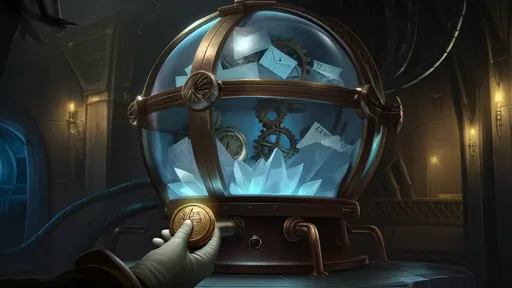
By /Aug 8, 2025
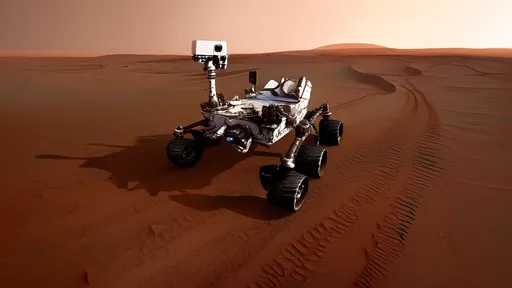
By /Aug 8, 2025
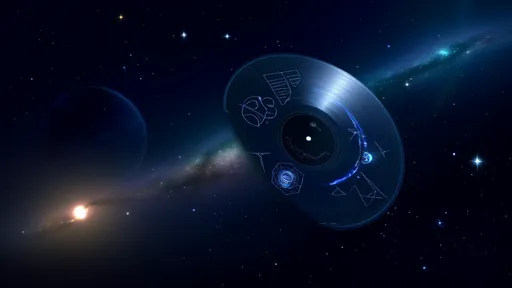
By /Aug 8, 2025

By /Aug 8, 2025
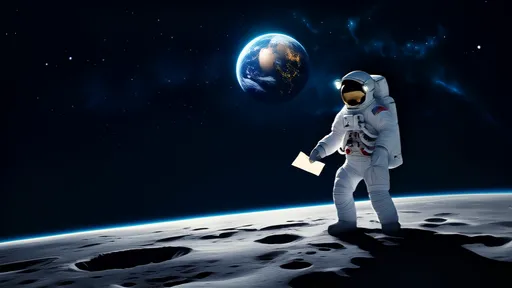
By /Aug 8, 2025
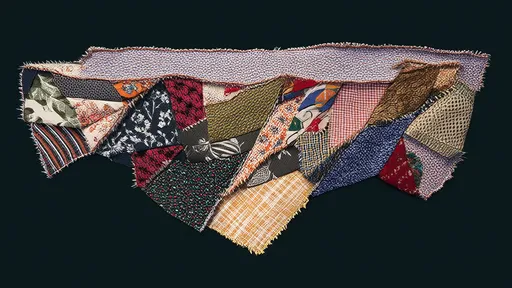
By /Aug 8, 2025

By /Aug 8, 2025

By /Aug 8, 2025

By /Aug 8, 2025